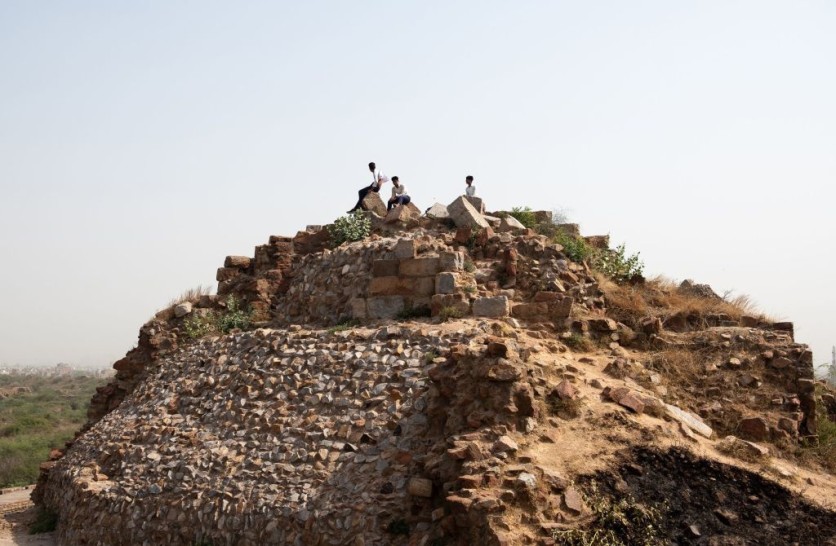According to a new study, archaeologists from Spain have uncovered a fifth-century surrounded by a defensive wall with the help of laser scans.
The discovery was once thought to be an Iron Age hillfort in northwest Spain that emerged as a medieval stronghold from the fifth century A.D., as reported by Live Science.
The site is called Castro Valente or "Brave Fort" in English. It is located in the Galicia region's Padrón district, around 16 miles southwest of Santiago de Compostela.

LIDAR Scans
The team was able to pinpoint the ancient fortress on a hilltop in northwest Spain through LIDAR (light detection and ranging). This is a remote sensing method that is employed to study the surface of the Earth and provides an expansive view of any particular location. It also bounces many laser pulses off the ground from a flying aircraft.
The LIDAR scans uncovered an early medieval fortress that spans 25 acres (10 hectares). It held 30 towers and a 1.2-kilometer-long defensive wall.
According to the research team, the fortress was constructed in the first half of the fifth century A.D. and it was likely located on top of an Iron Age hilltop fort to fend against Germanic invaders when the Romans lost their hold in the region.
Fernández-Pereiro and José Carlos Sánchez-Pardo led the research team and before the discovery, they believed that Castro Valente was merely a fortified Celtic settlement and nothing more.
But that is until they found evidence that the structure was much bigger than they expected and that some of its parts were built with techniques that were not typically used in the Iron Age.
Post-Roman Settlement
Fernández-Pereiro told Live Science that the team's excavations would continuously render interesting data that directed them towards a time of post-Roman settlement, possibly in the early part of the fifth century.
The fortress's design, building materials, and pottery shards indicate that it was created after the Roman Empire's control of the area collapsed in the early fifth century A.D. when Germanic invaders swept over Spain.
According to Fernández-Pereiro, the stronghold appears to have been constructed by locals for their defense at the time Galicia was conquered by the Suevi people, who hailed in the Elbe River region of what is now Germany and the Czech Republic.
But 200 years later, Fernández-Pereiro said that the stronghold appears to have been abandoned because it may have no longer been needed.
Future studies might shed more light on this site and help safeguard it against construction projects like wind farms and forest roads. As the research develops, the team intends to post regular updates on their Facebook page, CastelosnoAire.
Related Article : Archaeologists Find an Extremely Rare 1,300-year-old Gold and Gemstone Necklace From a Medieval Woman in England

ⓒ 2025 TECHTIMES.com All rights reserved. Do not reproduce without permission.




